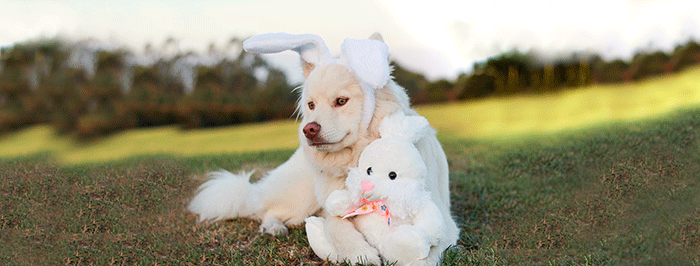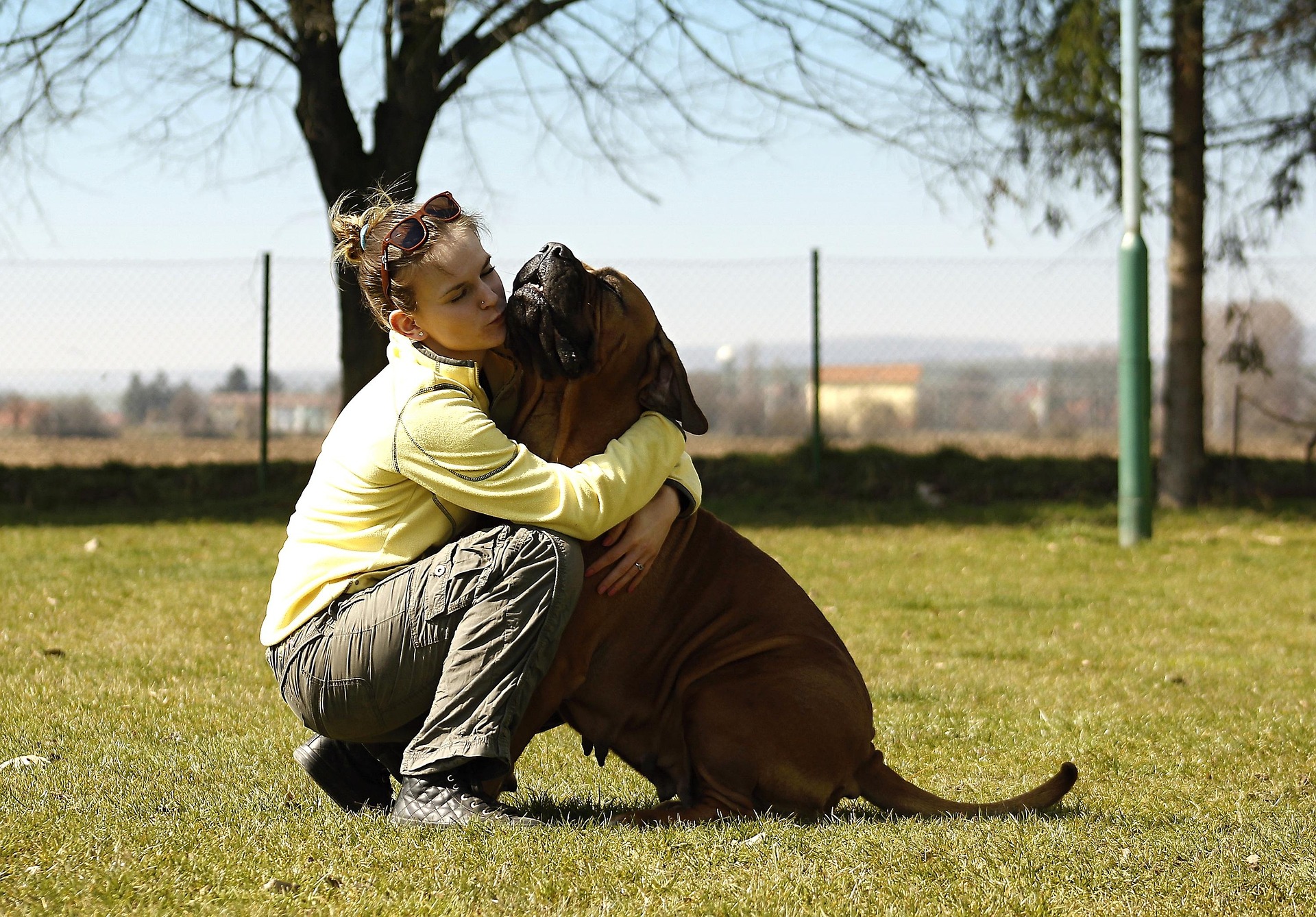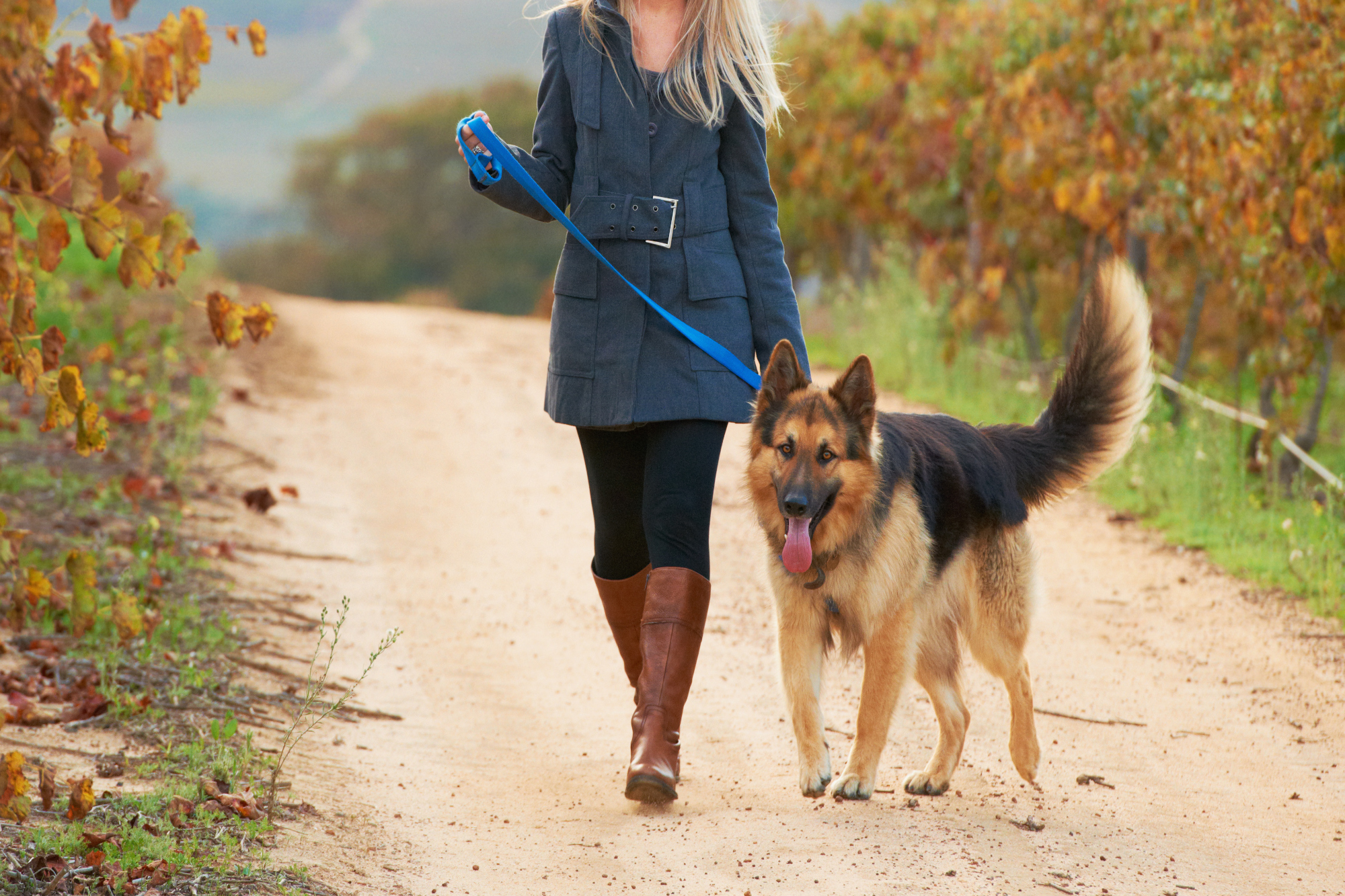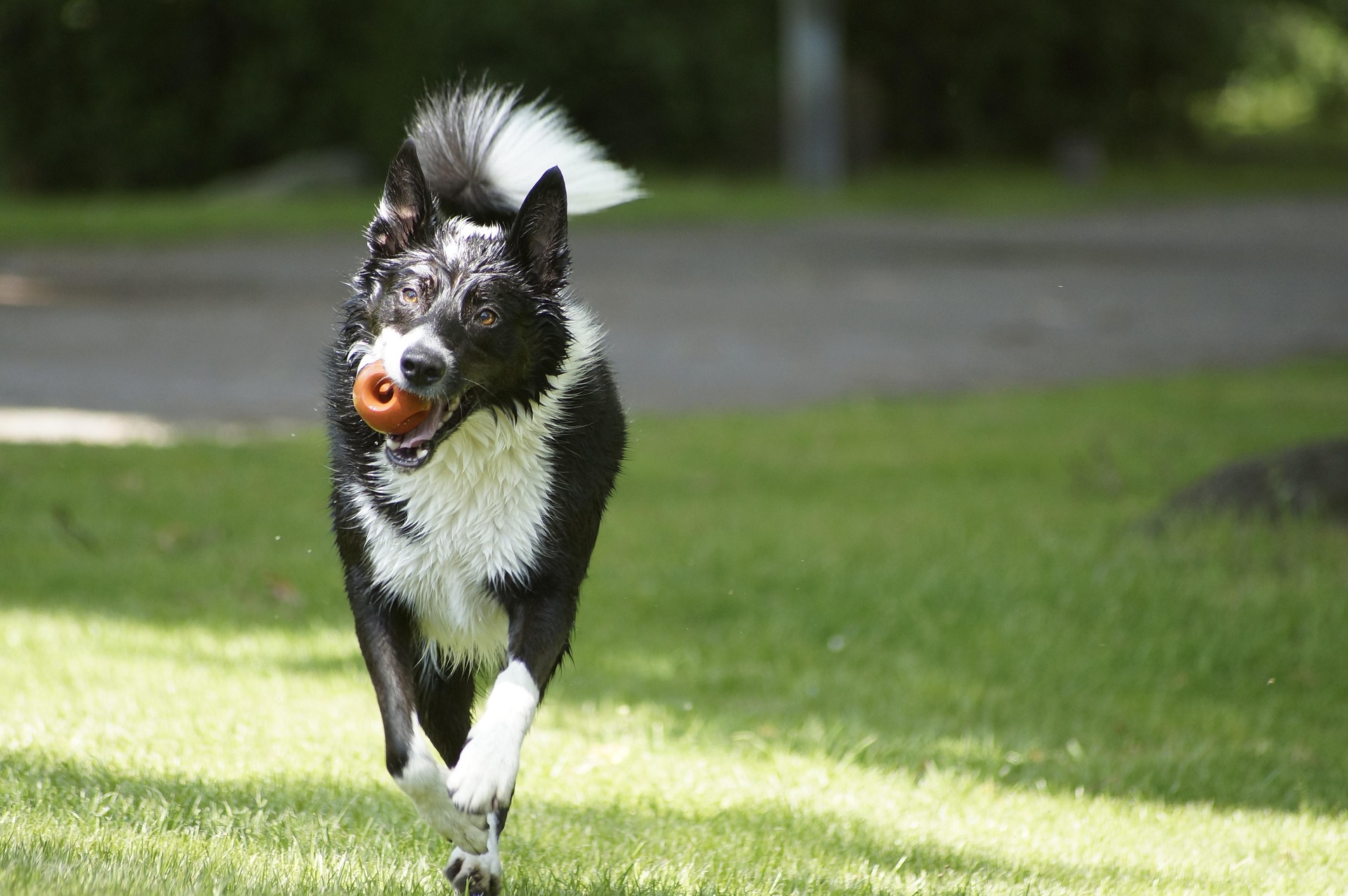Have you ever thought about celebrating Easter with your favourite pooch? You may be thinking it’s a good idea to feed them a chocolate Easter egg – after all, if you can eat it, so can your dog, right? Unfortunately, that’s not at all true. While Easter eggs and candies are always a welcome gift from the Easter bunny no matter what your age, even a small amount of chocolate can be toxic to your dog.
Did you know? There is a Serious Problem in Feeding Chocolate to Dogs
Not all dog owners are aware of the dangers of ingesting chocolate, but the risks involved are serious. It is not just that the colorful foil or plastic wrapping can cause problems, or that sweets can cause obesity, but also the chocolate itself is poisonous to dogs.
- Chocolate contains a compound called “theobromine,” which humans can tolerate but dogs can’t.
- Theobromine is a stimulant that affects the nervous system and heart muscles, and increases urination.
- Because a dog can’t metabolize theobromine effectively, it builds up in his or her system until it reaches a toxic level and the dog will become ill.
- White chocolate contains the least amount of theobromine, and the darker the chocolate, the more it contains. Baking chocolate contains the most theobromine and is therefore the most dangerous.
Watch for These Signs
If there is Easter chocolate in the house and your pet is able to reach it, watch for the following signs that he or she may have found and eaten some:
- Vomiting
- Diarrhea
- Tremors
- Seizures
- Abnormal heart rhythms
- Excessive thirst
- Excessive drooling
If your dog shows any of these symptoms and you know there has been chocolate within their reach, hurry to your veterinarian for help. If you slightly suspect your dog ate chocolate, make sure you bring your pet also, even before the symptoms start.
Keep Your Best Friend Safe
No one wants to make an emergency trip to the veterinarian during such a family-fun celebration. Keep your pets safe and remember that they are attracted to colorful and interesting food and decorative items just as people are:
- Never feed chocolate intended for people to your dog.
- Keep Easter chocolate and other candy out of sight and reach of pets. Even non-chocolate candy such as jellybeans, candy, or marshmallows can cause gastrointestinal problems for animals. Some artificial sweeteners such as xylitol are especially dangerous to dogs and may be used in Easter candy intended for people on sugar-free diets.
- Easter grass and candy wraps must also be kept out of reach of your dog as some of these items can cause them to choke. As well, if the plastic component of grass used in decorative baskets or foil wrapping on candy becomes lodged in your pet’s intestine, it could cause a blockage or even a perforation requiring surgery.
Share this fun holiday with your dog by keeping the chocolate and other human-intended goodies and decorations away from him or her, and provide safe doggie treats instead. Now that’s good dog care!
Creative Commons Attribution: Permission is granted to repost this article in its entirety with credit to Hastings Veterinary Hospital and a clickable link back to this page.






